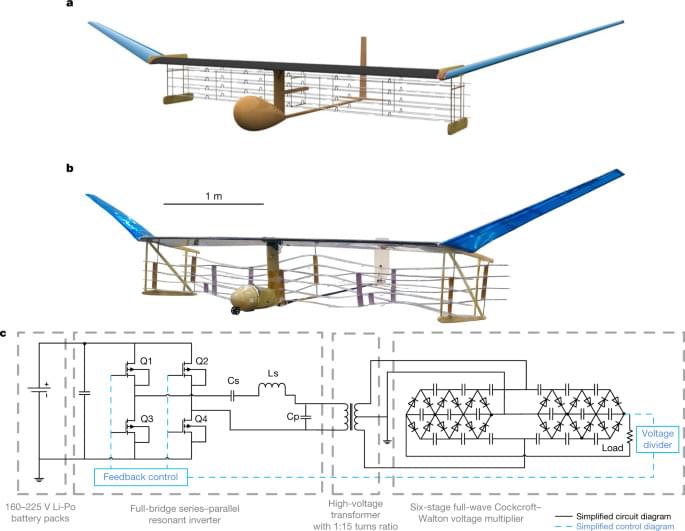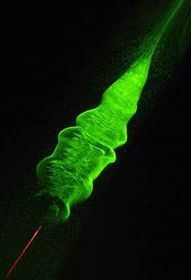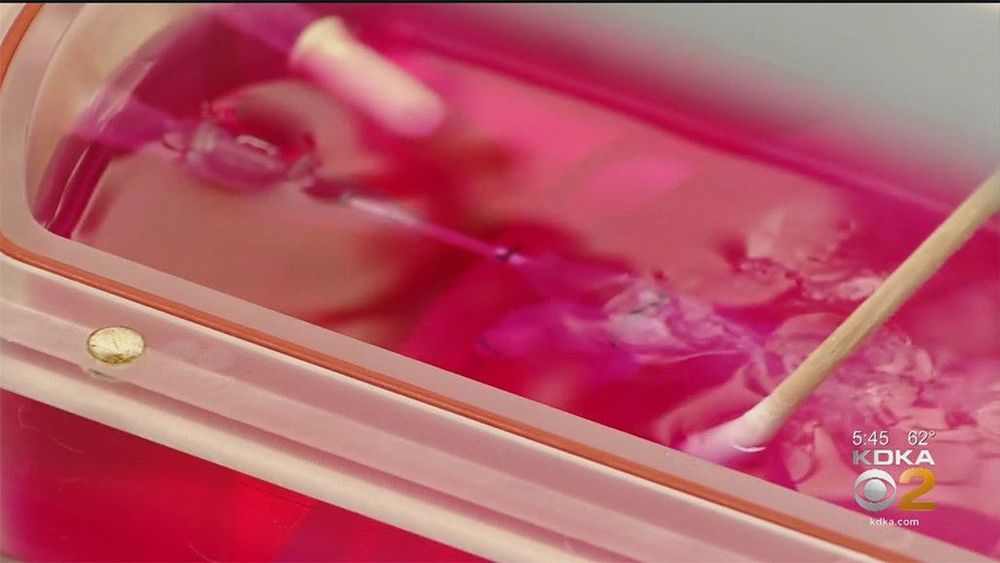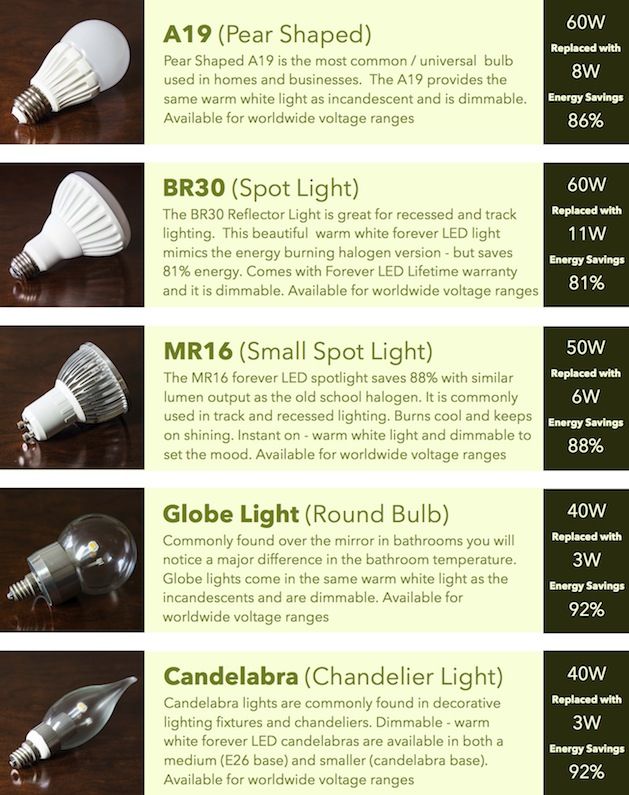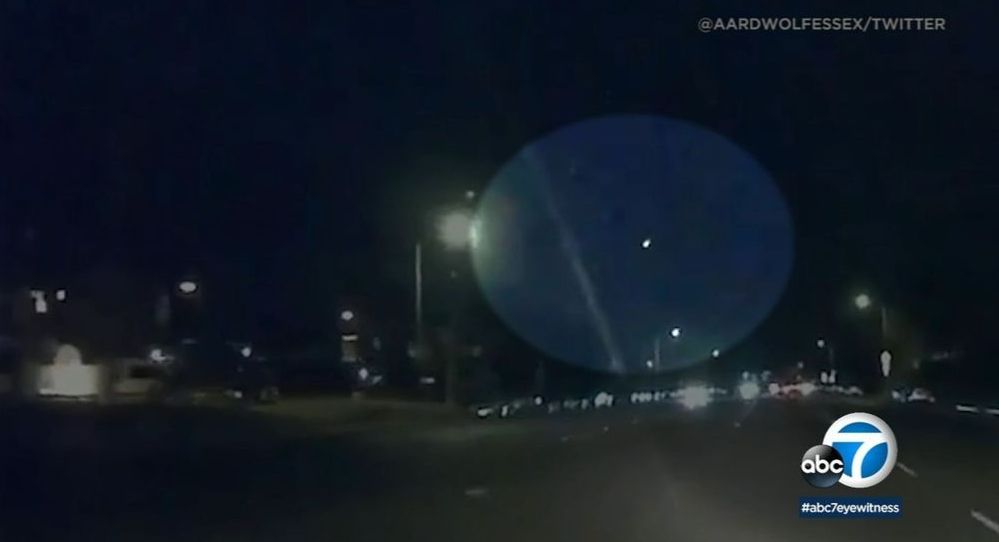FPV pilot showcase with Australia’s fastest racer –Thomas from BMSWEB. Asking Thomas 5 questions about the hobby and then smashing some batteries with him and trying to keep up. Had an Amazing day and it was so much fun to meet the guys, Check out BMSWEB’s channel — http://bit.ly/2na0ZSw
Let me know if you like this video and is something you guys might be interested in in the future.
***********************************
Remember to subscribe http://bit.ly/2ecagR9
***********************************
Join the UAVFUTURES family at https://www.patreon.com/uavfutures
Every little bit of patreon support helps grow UAVFUTURES and goes back into making more content for you guys. The dream is to do this as a career and spend my time making videos on reviews, build guides, tips and just sharing the love of this awesome FPV hobby.
There are also some special perks and bonuses for patreon supporters like.
